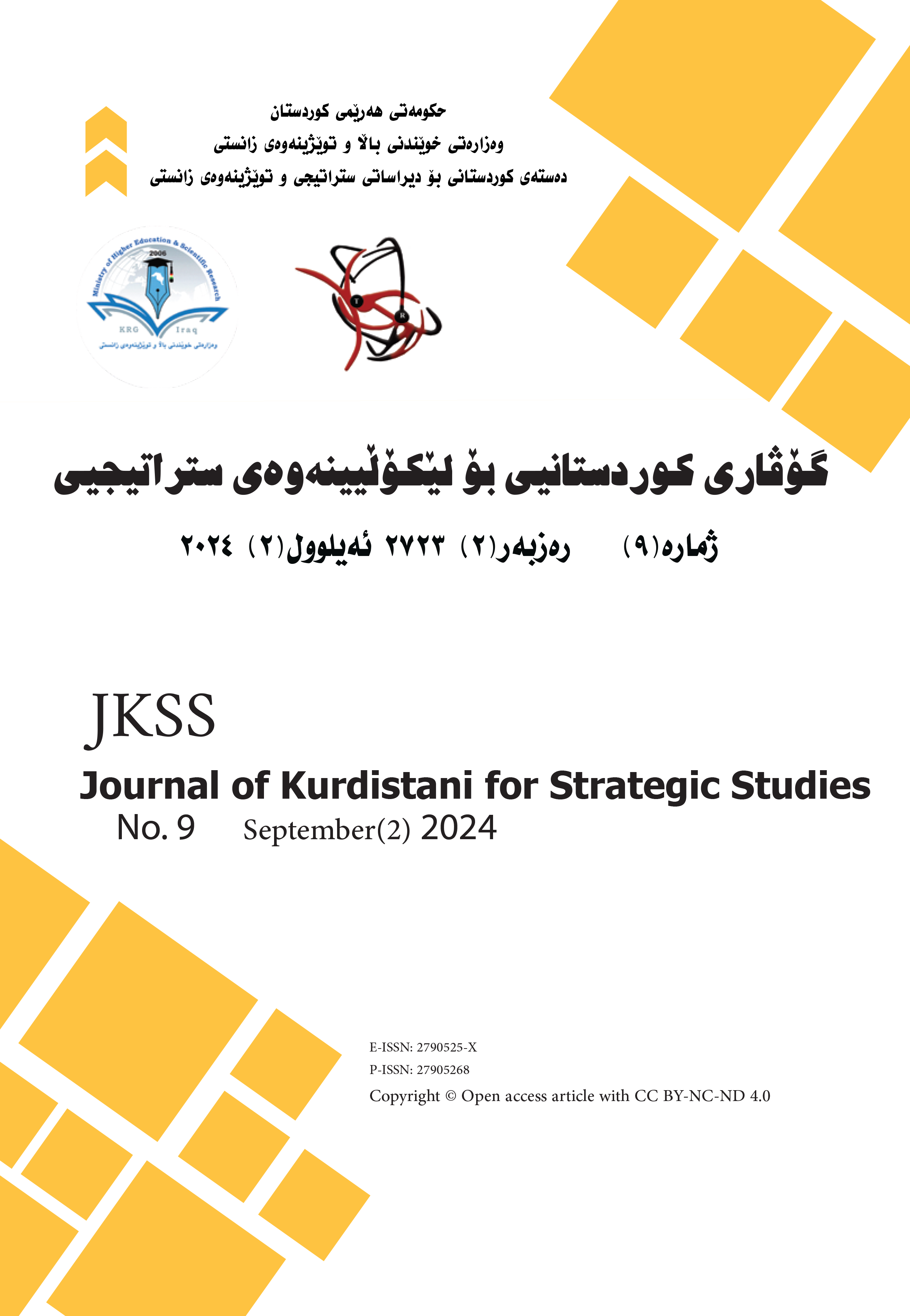Diagnosing Anemia Disease using Partial Least Square (PLS) Models and Support Vector Machines (SVM)
Keywords:
Partial Least Square, Support Vector Machine, Principal Component Analysis, Coefficient of determination, MSEAbstract
A severe worldwide health concern that impacts millions of individuals is anaemia, which is characterized as a deficiency of red blood cells or haemoglobin. A precise and prompt diagnosis is necessary to treat and manage the illness effectively. The usefulness of two machine learning methods for diagnosing anaemia is investigated in this work: support vector machines and partial least squares models. The study is based on a large dataset of 220 patients that includes information on blood pressure, white blood cell count, haemoglobin level, hematocrit test results, gestational age, age, education level, and iron storage levels in addition to the presence of chronic disease and physical exhaustion index. Initially, Partial Least Square (PLS), which is commonly used in prognostic modelling, is applied to the dataset to identify significant forecasters of anaemia. PLS regression is then used to develop a predictive model capable of accurately diagnosing anaemia founded on these features. Subsequently, Support Vector Machines (SVM), a powerful supervised learning algorithm, are employed to classify anaemia cases. The SVMs are trained on the same dataset, and their act is evaluated in terms of precision, sensitivity, and specificity. The comparative analysis highlights the strengths and weaknesses of both PLS models and SVMs in diagnosing anaemia. While PLS models demonstrate strong predictive capabilities and interpretability, the variables in the study can be ranked by importance as follows: chronic illness, body mass index, blood pressure, education level, ferritin levels in the serum, gestational age, mean corpuscular haemoglobin, white blood cell count, and hematocrit. These results offer important new information to medical professionals, enabling them to make better decisions and enhance patient care plans for anemic patients.







